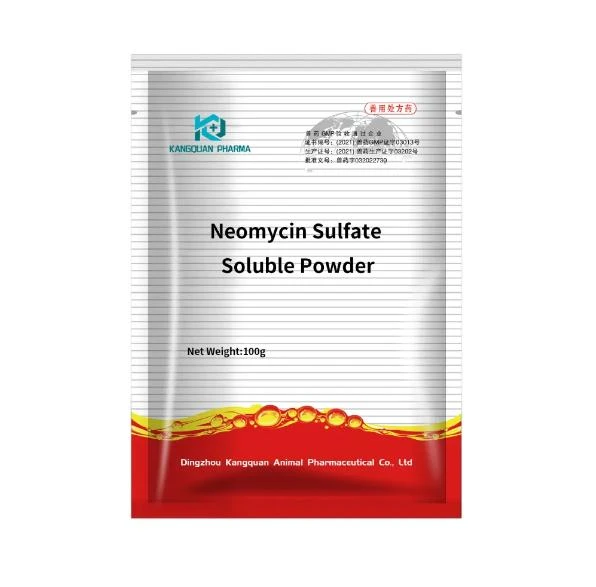- Afrikaans
- Albanian
- Amharic
- Arabic
- Armenian
- Azerbaijani
- Basque
- Belarusian
- Bengali
- Bosnian
- Bulgarian
- Catalan
- Cebuano
- Corsican
- Croatian
- Czech
- Danish
- Dutch
- English
- Esperanto
- Estonian
- Finnish
- French
- Frisian
- Galician
- Georgian
- German
- Greek
- Gujarati
- Haitian Creole
- hausa
- hawaiian
- Hebrew
- Hindi
- Miao
- Hungarian
- Icelandic
- igbo
- Indonesian
- irish
- Italian
- Japanese
- Javanese
- Kannada
- kazakh
- Khmer
- Rwandese
- Korean
- Kurdish
- Kyrgyz
- Lao
- Latin
- Latvian
- Lithuanian
- Luxembourgish
- Macedonian
- Malgashi
- Malay
- Malayalam
- Maltese
- Maori
- Marathi
- Mongolian
- Myanmar
- Nepali
- Norwegian
- Norwegian
- Occitan
- Pashto
- Persian
- Polish
- Portuguese
- Punjabi
- Romanian
- Russian
- Samoan
- Scottish Gaelic
- Serbian
- Sesotho
- Shona
- Sindhi
- Sinhala
- Slovak
- Slovenian
- Somali
- Spanish
- Sundanese
- Swahili
- Swedish
- Tagalog
- Tajik
- Tamil
- Tatar
- Telugu
- Thai
- Turkish
- Turkmen
- Ukrainian
- Urdu
- Uighur
- Uzbek
- Vietnamese
- Welsh
- Bantu
- Yiddish
- Yoruba
- Zulu
დეკ . 12, 2024 10:09 Back to list
ivermectin injectable for cattle and swine
Ivermectin Injectable for Cattle and Swine A Comprehensive Overview
Ivermectin, a widely utilized antiparasitic agent, has become a cornerstone in the veterinary treatment of livestock, particularly cattle and swine. As a member of the avermectin class of drugs, ivermectin is renowned for its efficacy in controlling a broad spectrum of external and internal parasites, thereby enhancing the health and productivity of these animals. This article explores the applications, benefits, and considerations associated with the use of ivermectin injectable formulations in cattle and swine.
Understanding Ivermectin
Ivermectin works by interfering with the neuromuscular function of parasites, leading to paralysis and eventual death. Its effectiveness spans against various nematodes, ectoparasites, and certain arthropods, making it a versatile choice for treating parasitic infections. For cattle and swine, these infections can have detrimental effects on growth rates, feed efficiency, and overall health, emphasizing the importance of effective parasite management.
Applications in Cattle and Swine
In cattle, ivermectin is commonly used to treat conditions caused by various parasites, including gastrointestinal roundworms, lungworms, and external parasites such as lice and mites. The injectable form allows for precise dosing and rapid absorption, enabling quick relief from parasitic burdens. Between 200 to 500 micrograms per kilogram of body weight is typically recommended for effective treatment.
For swine, ivermectin is equally beneficial. It treats a range of parasitic infections, including those caused by strongyles, ascarids, and external parasites like mange mites. The injectable formulation is particularly advantageous in swine farming, where quick and effective parasite control is vital for maintaining herd health and optimizing growth performance.
Benefits of Ivermectin Injectable
1. Rapid Action Injectable ivermectin is absorbed quickly into the bloodstream, allowing for immediate action against parasites. This is particularly useful in emergency situations when rapid intervention is necessary.
2. Broad Spectrum of Activity The drug is effective against a wide range of parasites. This broad-spectrum efficacy means fewer treatment regimes and simpler management for farmers.
ivermectin injectable for cattle and swine

3. Ease of Administration The injectable form simplifies the process of medication delivery, reducing the stress involved for both the animal and the handler compared to oral medications.
4. Reduced Risk of Resistance When used judiciously within an integrated parasite management plan, injectable ivermectin can help mitigate the risk of developing resistance among parasitic populations.
Considerations and Best Practices
While ivermectin is a powerful tool in veterinary medicine, it is essential to consider certain factors to maximize its effectiveness and minimize potential drawbacks
- Dosing Accuracy Correct dosing is critical. Overdosing can lead to toxicity, while underdosing may not effectively eliminate the target parasites. Weighing animals before administration ensures correct dosages based on body weight.
- Withdrawal Times Producers must be aware of withdrawal times before sending treated livestock to market or before slaughter. Proper adherence to withdrawal guidelines is essential to avoid residues in meat and milk.
- Integrated Management Ivermectin should be part of an integrated parasite management program. Combining treatments with good husbandry practices, rotational grazing, and regular monitoring can enhance overall efficacy and sustainability.
- Veterinary Guidance Regular consultation with a veterinarian should guide the use of ivermectin, especially for developing treatment plans tailored to the specific needs of the herd or flock.
Conclusion
Ivermectin injectable formulations have become a mainstay in the management of parasitic infections in cattle and swine. With their quick action, broad spectrum, and ease of use, these products offer significant advantages to livestock producers. However, responsible usage within an integrated management strategy is crucial for ensuring the ongoing efficacy of this vital medication. As we continue to navigate the challenges of livestock health and production, ivermectin will undoubtedly remain a key player in achieving optimal animal welfare and productivity.
-
Guide to Oxytetracycline Injection
NewsMar.27,2025
-
Guide to Colistin Sulphate
NewsMar.27,2025
-
Gentamicin Sulfate: Uses, Price, And Key Information
NewsMar.27,2025
-
Enrofloxacin Injection: Uses, Price, And Supplier Information
NewsMar.27,2025
-
Dexamethasone Sodium Phosphate Injection: Uses, Price, And Key Information
NewsMar.27,2025
-
Albendazole Tablet: Uses, Dosage, Cost, And Key Information
NewsMar.27,2025













